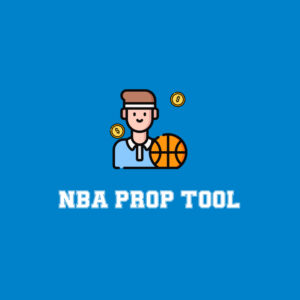
Thinking about diving into dynasty fantasy football but unsure where to start? Overwhelmed by the idea of a 28-round startup draft?
Don’t worry, we’ve got you covered.
In this guide, we’ll walk you through how to navigate your startup draft and build a foundation for long-term success. Startup drafts are crucial in both SuperFlex and traditional dynasty leagues because they set the tone for years to come, as this format is dynamic and requires forward-thinking strategies to stay competitive.
We’ll explore key strategies, popular “builds” in the dynasty community, and I’ll share my personal favorites – along with why they work. By the end, you’ll have a clearer idea of which approach best fits your style.
Blanket Insights
Know Your League Settings
This sounds silly, doesn’t it?
Let’s be honest – when was the last time you actually reviewed your league settings before drafting? Most of us just assume the settings are standard and draft with typical scoring in mind. But with formats like tight-end premium, half-PPR and full-PPR becoming increasingly popular, it’s likely your league has one or more unique scoring rules. These nuances can have a significant impact on player value. Remember, you’re building a long-term foundation, so drafting without considering the specific scoring settings can be a costly mistake.
Establish a Plan
A successful startup draft starts with a plan. While you won’t win or lose a championship in the draft itself, a poor draft can send you into an endless rebuild. You’re laying the foundation for your team, so having a clear blueprint is essential to avoid making costly mistakes in the heat of the moment.
“Everyone has a plan until you get punched in the mouth” – Mike Tyson
Your plan doesn’t need to be rigid – in fact, I’d recommend against that. Flexibility is key to success in a startup draft. Your strategy should have multiple layers, with pivot points built in to adapt if the draft takes an unexpected turn. This flexibility will allow you to adjust and still build a strong roster, even if things don’t go exactly as you planned. Many managers get lost when their plan falls apart – don’t be that manager. And always keep your league settings in mind as you develop your strategy.
Read the Room
This is much easier in live drafts, but it still applies in most dynasty formats, even if it’s not as straightforward. We live in a digital age, and nearly everyone has some form of social media, so take a moment to scroll through your opponents’ feeds. You might get a sense of their player preferences or draft strategy. Familiarizing yourself with this information in the pre-draft process – even just picking up a few key insights – can give you a valuable edge over your competition during the draft.
Once the draft begins, it’s game time. Don’t just focus on your own picks – pay attention to everyone’s selections. While you can’t predict exactly what your opponents will do, a few rounds in, you’ll start to identify who prefers draft picks or rookies, and who gravitates toward proven veterans. This insight helps you anticipate potential picks and can be useful as the draft progresses. You’ll also begin to recognize who enjoys trading and who doesn’t, which is valuable information for future deals.
Rankings
Dynasty rankings are a different beast compared to seasonal rankings. Instead of predicting just one season of production, we have to project multiple years into the future. With this in mind, it’s important to remember that rankings typically focus on a three-year window. Using a tier-based ranking system can be more effective than a rigid list, as it accounts for the varying levels of value between players. Ultimately, the goal is to acquire as much talent as possible, but without losing sight of your roster requirements.
Stay tuned for our up-to-date FTN Dynasty Rankings.
Building a Foundation
We’ve mentioned “foundation” a few times, but what does it really mean? Simply put, just like a house, a dynasty team can’t withstand the test of time without a strong foundation. What that foundation looks like will vary depending on your approach, but there are some common factors, most importantly, talent. Many of your foundational picks will come in the early rounds, typically before Round 5. However, you can still find valuable gems late in drafts, especially if you’re drafting early in the offseason.
When I talk about “foundation,” I’m referring to your cornerstone players – those elite talents like Bijan Robinson, Josh Allen, Ja’Marr Chase, Brock Bowers and others. This is the cheapest these players will ever be in your league, and acquiring them post-draft will be nearly impossible. With a few cornerstone players in place, you’ll be set up for sustained success as most of your weekly production will still come from these players.
In dynasty, depth becomes more crucial than in redraft leagues. Once your cornerstones are secured, it’s time to focus on stable assets – players whose roles are locked in for the next few seasons. These players help build a strong secondary foundation, and when paired with your cornerstone pieces, they form a blueprint for long-term success.
As the draft progresses, stability becomes less critical in favor of upside, but early on, it’s just as important to hit singles as it is to hit home runs.
Another factor I look at when factoring who is a foundational player is age. Father Time is undefeated, so aging players should not be considered foundational. The following age tiers tend to be the point of decline for each respective position:
- Quarterback: 31 – With elite passers outliving this at times.
- Running Back: 26– Pass-catching archetype or elite players could outlive this.
- Wide Receiver: 30 – Outside your elite tier players like Davante Adams or Mike Evans
- Tight end: 32 –They age like fine wine, but some less athletic players fall off prior to this.
Despite not being foundational players, the aging assets are still worth drafting. With that being said, don’t fully avoid them, but they shouldn’t be prioritized.
Building a foundation isn’t just about players – future assets, or rookie picks, are just as important. There’s truth to the idea that a first-round pick is one of the best assets in dynasty – its value is almost always high, and it tends to hold that value over time. However, leaning too heavily into picks can be risky. The hit rate on rookie picks is lower than many people realize, especially after the first round of drafts. Below, I’ve included a chart that illustrates just how volatile rookie picks can be. The data is based on each season’s May rookie ADP.
The key takeaway here is to understand what you’re getting into if you lean heavily into picks instead of proven veterans. We have become spoiled over the last two seasons with out-of-the-ordinary hit rates in Round 1 of our rookie drafts. Landing a few extra first- or second-round picks in the startup isn’t a bad strategy, but just collecting a bunch of unknowns can be risky. Personally, I prefer a balanced approach. If I’m presented with a deal that’s too good to pass up, I’ll take it. However, if there’s a player I really like on the board, I’m taking that player nine times out of 10.
Weaponizing ADP
ADP (average draft position) is a tool provided by the platform to help sort players and streamline the drafting process. While it’s become the standard for many drafts, its importance in dynasty startups is often overlooked. In dynasty formats, ADPs can be outdated and inaccurate, yet many managers still draft based on them, thinking, “I need to take this player here because that’s where they’re listed.” This is where the edge is created – by not relying solely on ADP, but instead pairing it with your own preferred rankings.
How do you “weaponize” ADP? It’s a simple concept. If a player has an ADP of 101 but you have them ranked at 75, you’ll know if you can afford to wait an extra round or two to select them. This allows you to acquire two players that are closer in your personal rankings without having to trade up for them. The reverse is true as well. Since dynasty startup ADPs are often outdated, you can look further down the list than your opponents and find undervalued gems with ADPs that are skewed in the wrong direction. If you’re stuck between two players while on the clock, you can use your ADP knowledge to guide your decision and determine which player might be available a bit later, helping you maximize value.
Trading
No matter your strategy, trades can help you build a stronger team. If you’re aiming to build around a few cornerstone players, consider trading your mid-round picks and future rookie picks to acquire more top-48 picks. On the other hand, if you’re taking a slower, more patient approach, trading back in the draft can be a great way to accumulate future picks. While trading back in the draft and adding more startup picks can help you build a deeper roster. Personally, I prefer acquiring future first-round picks over adding more startup picks if you’re taking this route.
Additionally, trading during the startup helps you build rapport with fellow managers and signals that you’re open for business. This can open up plenty of opportunities for deals and moves post-draft.
Types of Builds
One of the best things about dynasty is that you can play it however you choose and find success. I will discuss four more specific builds, but these are not the only ways to build a roster. Post-draft, you will find that your team will go through these phases over time.
Win Now
It’s easy to guess what the focus is in a “Win Now” build. This approach is more traditional and aligns with a seasonal mindset, making it a good transition for newer players coming from redraft leagues. The main priority here is immediate value, often sacrificing the long-term outlook of players. While this strategy isn’t as popular, since many dynasty players prefer the long-term aspect of the game, it can still be effective.
The reason this strategy pays off is that valuable aging assets often slide in drafts, allowing you to stack multiple immediate-impact players. This approach helps you quickly build a roster with a 2-3 year championship window while avoiding the risks associated with unproven young assets. Additionally, you may prioritize running backs due to their short but high production window, as opposed to the depth and longevity the wide receivers do. If you’re taking this route, your focus should be on trading future picks for more startup picks, while ideally retaining your first-round picks – though they may need to be sacrificed along the way.
One common misconception in a “Win Now” approach is the idea of completely avoiding youth. That doesn’t have to be the case. Early in the draft, you can still target youthful players who offer immediate value – these should be your primary targets. After securing some young assets, pivoting to aging players in the middle rounds can help build a competitive roster without completely mortgaging your future. Without this balance, you risk finding yourself in a tough spot a few years down the line with no real assets to help turn things around.
Here is an example of what could happen with this approach.
Ageist
The “Ageist” build is a straightforward approach, but it comes with significant variance in outcomes. In this strategy, the focus is entirely on youthful assets, specifically targeting players who are significantly younger than the typical age of decline for their position. This results in a very young roster, but one that is often filled with unproven or unstable assets that may never fully develop. For example, if you had quarterbacks like C.J. Stroud or Anthony Richardson on your roster back in September, you were likely feeling optimistic – today, not so much.
The primary goal of this approach is to retain your future picks, and ideally acquire more, while focusing on players in their 20s and avoiding those nearing the age of decline for their position. By prioritizing wide receivers, tight ends and quarterbacks – positions with longer production windows – you can allow your team to mature while maintaining relevance when you’re ready to compete.
While this strategy can be effective, it’s one of the more challenging approaches, as it is quite common. It requires patience and will likely be a rollercoaster ride. However, if executed properly, it can result in a team that is a perennial contender after a few years.
Here is an example of what could happen with this approach.
Punt It
The “One-Year Punt” strategy has gained popularity in dynasty formats, but I would advise against it. While a “Win-Now” approach can be risky, overcorrecting to a punt strategy can be just as detrimental. With this build, the primary goal is often to trade your startup picks for future picks or current rookies and sophomores, essentially forfeiting your first year (and potentially more) in the hopes of building a yearly contender down the road.
The problem is that you’re investing in unstable assets – aside from future first-round picks – and given how unpredictable rookie drafts can be, this approach can easily backfire.
That said, rookie picks do hold value. If you’re in an active league with frequent trades, you may be able to flip those picks for proven, youthful assets when rookie fever hits. If you go this route, I recommend leveraging that value when possible. However, issues can arise in an inactive league or if there are value discrepancies. Even with a stockpile of future assets, you could find yourself relying heavily on your rookie scouting skills (or ours, through FTN Scouting reports) to avoid disaster, if no one wants them.
When done correctly, this build can produce juggernauts that compete for championships yearly. But, this will likely come after you’ve spent a few years donating league fees. On the flip side, if your rookie picks don’t pan out, you could find yourself donating fees indefinitely.
Value
The “value” build is my personal favorite, as it offers the most flexibility. The primary focus here is capitalizing on the value that emerges during the draft, blending elements of all the other strategies into one cohesive approach. The goal is to retain your future picks while adding more when the opportunity arises, which helps ensure you’re building for the long term and replacing aging veterans as needed. At the same time, trading up to grab a player you believe is sliding down the board remains a viable strategy.
In terms of player selection, you’re aiming to balance future production with immediate contributors. This allows you to be competitive right away, while still maintaining a positive long-term outlook. Typically, this involves prioritizing youthful assets early in the draft, then pivoting to veterans, regardless of age, who can produce right away, allowing your younger players to develop. Youth will generally be prioritized by most managers early on, but eventually, players like a 28-year-old Saquon Barkley can be too good to pass up.
When executed correctly, the “value” build is the most well-rounded approach. You’ll be a championship contender immediately, while also having a strong future ahead.
Here is an example of what could happen with this approach.
Dynasty SuperFlex
As we’ve discussed throughout this article, each league setting or format introduces a new dynamic in a startup draft. In a SuperFlex format, the entire draft strategy shifts. Quarterbacks become a top priority, especially high-end starters. Every starting quarterback or high-end backup holds significant value and will likely be drafted earlier than you expect. It’s not uncommon to see the first 8-10 picks dominated by quarterbacks, with a double-tap of quarterbacks at picks 12-13 also being a frequent occurrence.
This makes it crucial to secure at least one high-end starter in the first two rounds, and ideally, two within the first five rounds if the value aligns. Prioritizing stable quarterbacks is key – investing solely in young quarterbacks with uncertain futures can quickly derail your roster. Landing a proven asset like Josh Allen, Patrick Mahomes, Jalen Hurts, Lamar Jackson or Joe Burrow gives you a significant advantage, while still leaving room to take a more volatile asset like Anthony Richardson or Jayden Daniels.
As with any strategy, don’t overcorrect here. While quarterbacks will be prioritized, other positional players will become valuable in the early-to-mid rounds. Every year, we see a late-round quarterback emerge as a top-15 asset, so waiting on your second quarterback can help you build positional advantages across your roster. The points-per-game data supports this – there’s often very little difference between the QB12 and QB24, typically less than four points. Below is a chart showing the top quarterbacks in points per game differential versus the 16.6 league average from 2023.
Later in the draft, quarterbacks also become more valuable. Adding a low-end starter or high-end backup can pay off down the line. Players like Sam Howell, Gardner Minshew II or Justin Fields could secure a starting role at some point and see a significant spike in value. Having one of these quarterbacks on your bench, rather than a depth player at another position you’ll likely never start, is a smart move.





























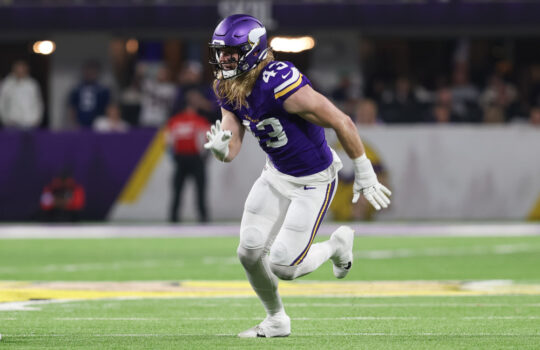



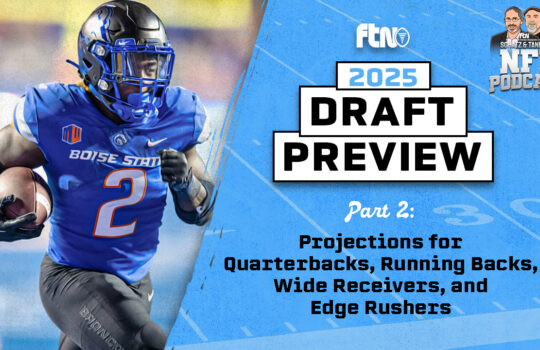

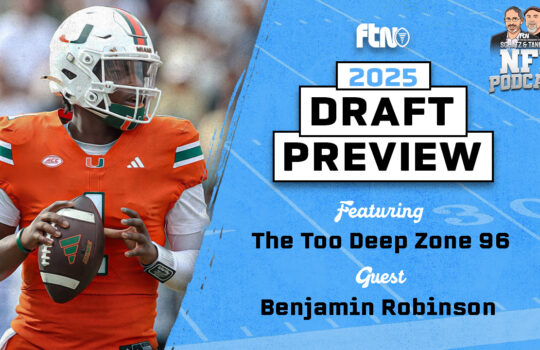









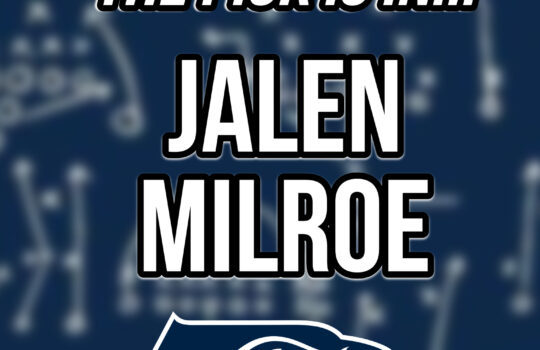

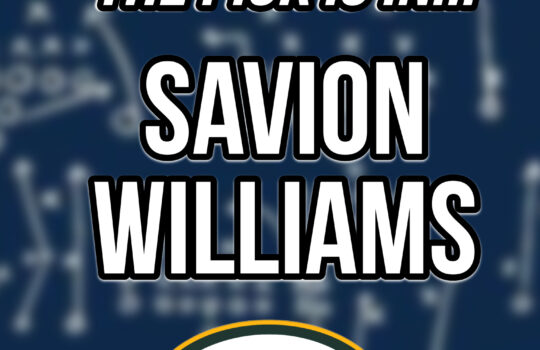


 New York Jets
New York Jets  New England Patriots
New England Patriots  Miami Dolphins
Miami Dolphins  Buffalo Bills
Buffalo Bills  Pittsburgh Steelers
Pittsburgh Steelers  Cleveland Browns
Cleveland Browns  Cincinnati Bengals
Cincinnati Bengals  Baltimore Ravens
Baltimore Ravens  Tennessee Titans
Tennessee Titans  Jacksonville Jaguars
Jacksonville Jaguars  Indianapolis Colts
Indianapolis Colts  Houston Texans
Houston Texans  Las Vegas Raiders
Las Vegas Raiders  Los Angeles Chargers
Los Angeles Chargers  Kansas City Chiefs
Kansas City Chiefs  Denver Broncos
Denver Broncos  Washington Commanders
Washington Commanders  Philadelphia Eagles
Philadelphia Eagles  New York Giants
New York Giants  Dallas Cowboys
Dallas Cowboys  Minnesota Vikings
Minnesota Vikings  Green Bay Packers
Green Bay Packers  Detroit Lions
Detroit Lions  Chicago Bears
Chicago Bears  Tampa Bay Buccaneers
Tampa Bay Buccaneers  New Orleans Saints
New Orleans Saints  Carolina Panthers
Carolina Panthers  Atlanta Falcons
Atlanta Falcons  San Francisco 49ers
San Francisco 49ers  Seattle Seahawks
Seattle Seahawks  Los Angeles Rams
Los Angeles Rams  Arizona Cardinals
Arizona Cardinals 
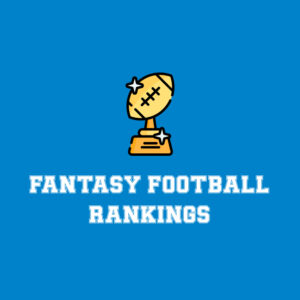
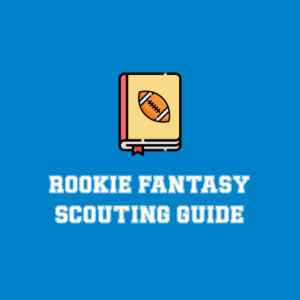
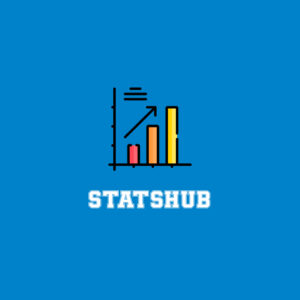





 Boston Celtics
Boston Celtics  Brooklyn Nets
Brooklyn Nets  Philadelphia 76ers
Philadelphia 76ers  New York Knicks
New York Knicks  Toronto Raptors
Toronto Raptors  Chicago Bulls
Chicago Bulls  Detroit Pistons
Detroit Pistons  Milwaukee Bucks
Milwaukee Bucks  Cleveland Cavaliers
Cleveland Cavaliers  Indiana Pacers
Indiana Pacers  Orlando Magic
Orlando Magic  Atlanta Hawks
Atlanta Hawks  Charlotte Hornets
Charlotte Hornets  Miami Heat
Miami Heat  Washington Wizards
Washington Wizards  Denver Nuggets
Denver Nuggets  Minnesota Timberwolves
Minnesota Timberwolves  Oklahoma City Thunder
Oklahoma City Thunder  Portland Trail Blazers
Portland Trail Blazers  Utah Jazz
Utah Jazz  LA Clippers
LA Clippers  Golden State Warriors
Golden State Warriors  Los Angeles Lakers
Los Angeles Lakers  Phoenix Suns
Phoenix Suns  Sacramento Kings
Sacramento Kings  Dallas Mavericks
Dallas Mavericks  Houston Rockets
Houston Rockets  Memphis Grizzlies
Memphis Grizzlies  New Orleans Pelicans
New Orleans Pelicans  San Antonio Spurs
San Antonio Spurs 


